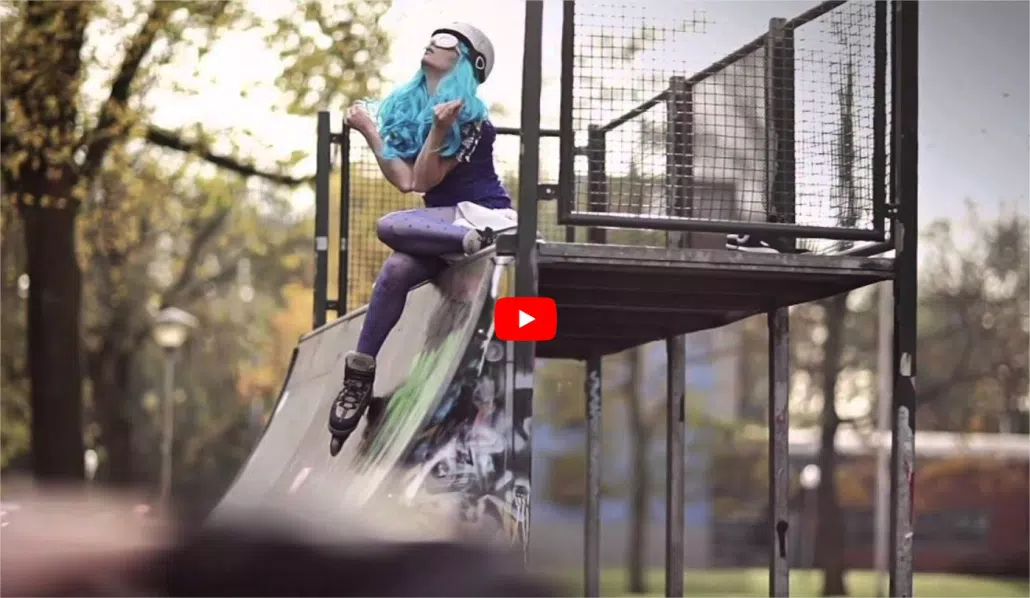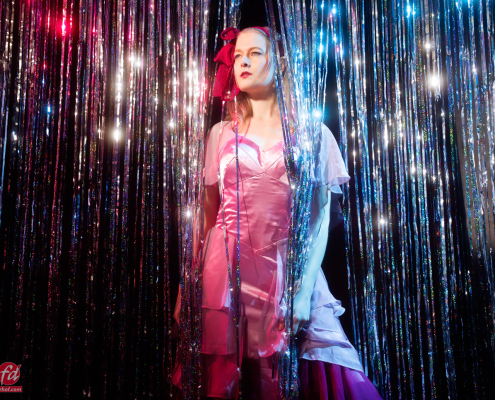 https://frankdoorhof.com/web/wp-content/uploads/2025/03/Linda-Koster-20-March-08-2025-Edit.jpg
1366
2048
Frank Doorhof
https://frankdoorhof.com/web/wp-content/uploads/2015/03/studioFD_Logo-1FV.png
Frank Doorhof2025-03-31 18:00:482025-03-28 16:25:03WOW that shines like crazy
https://frankdoorhof.com/web/wp-content/uploads/2025/03/Linda-Koster-20-March-08-2025-Edit.jpg
1366
2048
Frank Doorhof
https://frankdoorhof.com/web/wp-content/uploads/2015/03/studioFD_Logo-1FV.png
Frank Doorhof2025-03-31 18:00:482025-03-28 16:25:03WOW that shines like crazyHere you find the direct links to our webpages, feel free to contact us with any questions or suggestions.
For more info about:
Geekoto, Rogue, ClickBackdrops, IQwire and Triflection
visit the StudioFD.nl (dutch site)
Recent blogs
 https://frankdoorhof.com/web/wp-content/uploads/2025/03/Linda-Koster-20-March-08-2025-Edit.jpg
1366
2048
Frank Doorhof
https://frankdoorhof.com/web/wp-content/uploads/2015/03/studioFD_Logo-1FV.png
Frank Doorhof2025-03-31 18:00:482025-03-28 16:25:03WOW that shines like crazy
https://frankdoorhof.com/web/wp-content/uploads/2025/03/Linda-Koster-20-March-08-2025-Edit.jpg
1366
2048
Frank Doorhof
https://frankdoorhof.com/web/wp-content/uploads/2015/03/studioFD_Logo-1FV.png
Frank Doorhof2025-03-31 18:00:482025-03-28 16:25:03WOW that shines like crazy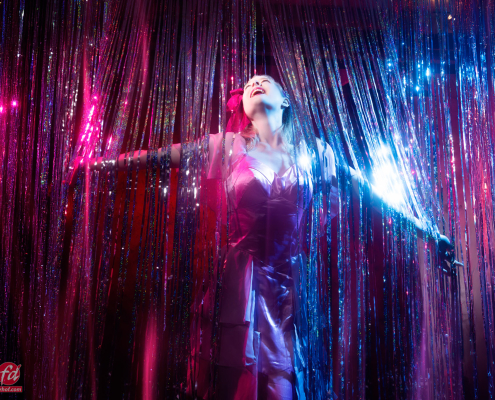
Cheap can be more fun than you think
"my lens is cheap", "I have an old camera", "I only have one strobe" etc.
In all honesty, of course gear is important but you can create awesome art/photos etc. with your phone nowadays. My moto over the year has been "if people look at the quality of the pixels the image is not strong enough" that doesn't mean you can just "wing" it and don't care about your gear, but it shouldn't be the main focus.
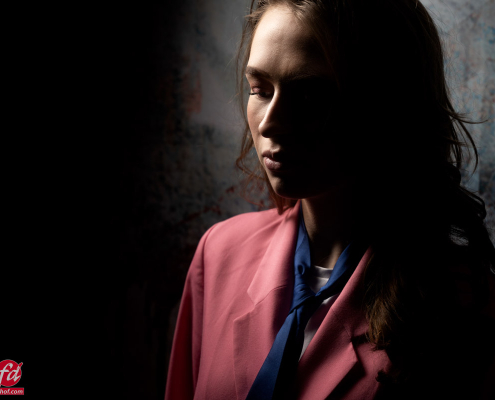
A new model and this is the first shoot
And believe it or not... it's getting harder and harder.
But today I can introduce Ysanne, she will be helping us out with workshops and live streams.
So you will see much more in the near future, but today the results from her test shoot.
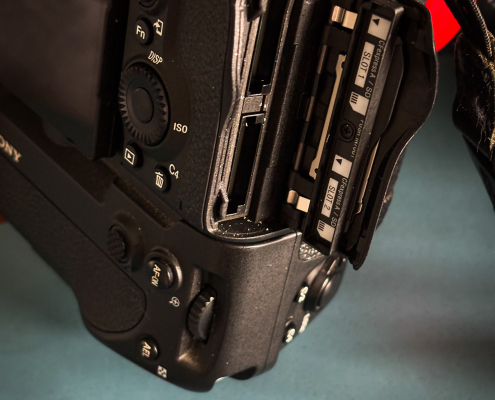
Always build in a fail-safe even if you think you don’t need it
Shooting tethered might look very safe, but a lot can go wrong, today some of the best tips I can give to prevent you losing photos during the shoot.
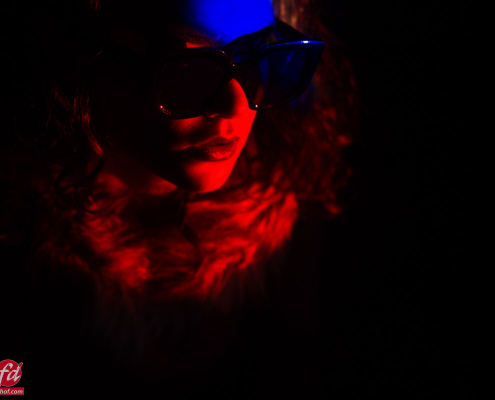
Using a data projector for some really cool lighting effects
Projectors are great for presentations and movies
But did you ever think about using a projector as your main lightsource?
Think about all the options you have when you can literally paint all your lights, sharp or soft edges, all colors you like or maybe even a whole photo. When using a projector as your main lightsource you will never run out of ideas.
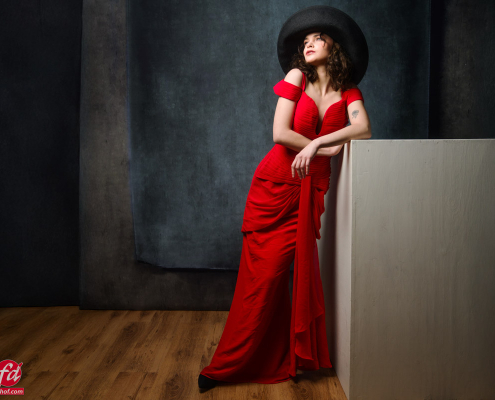
The Geekoto Lantern in action
The moment you see the Geekoto Lantern you know exactly what you're going to get.
A beautiful soft light from the front of the softbox, but also a lot of light emitted from the sides.
This makes the lantern the perfect softbox for new born, product and fashion photography when you need a lot of light but don't want the light too harsh and the edge transfers on the set. The lantern does exactly this.
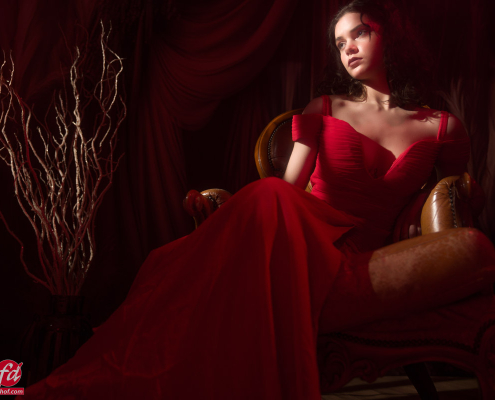
Using the optical snoot for a great window effect
I love using the Lindsay Adler optical snoot from Westcott as my main lightsource as you have seen many times, but it's also great for the more subtle effects.
Today in the blog I take you behind the scenes during a workshop where I use the optical snoot for a very subtle but great effect on our model/set.
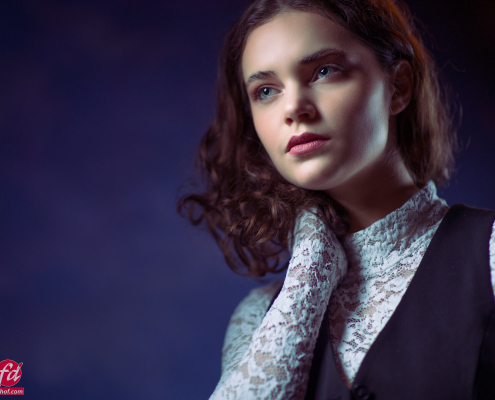
Using old lenses is awesome
When we buy lenses we often try to get the latest technology, the best quality etc.
But did you know there are loads of great lenses out there that you can buy for next to nothing that will give you awesome results?

A chair and a background an we are done, well almost
Building a small set is loads of fun
And it doesn't has to be expensive.
For our studio we are always looking for chairs, chandeliers, and in fact almost anything we thing we can use in a photoshoot, in the end we will probably open a thrift store 😀

